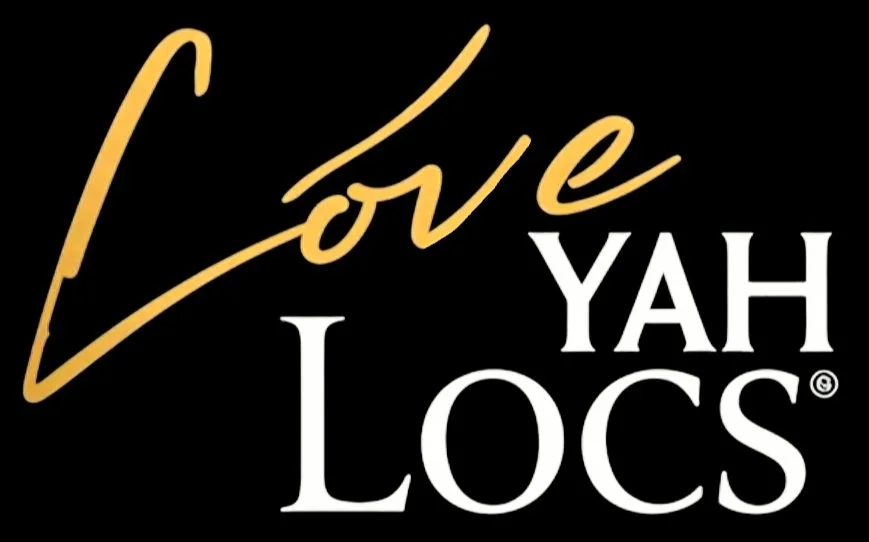The Ultimate Guide to Loc Types: Styles, Maintenance & Cultural Significance
Introduction: More Than Just a Hairstyle
Dreadlocks (often called "locs" to avoid the colonialist connotations of "dread") are a profound cultural symbol with a 3,500-year history. From ancient Egyptian mummies to Hindu Sadhus and Rastafarian traditions, locs represent spirituality, resistance, and identity. Today, they’ve evolved into diverse styles blending tradition with modern aesthetics. Whether you seek a permanent journey or a temporary transformation, this guide breaks down every major loc type for 2025.
I. Permanent Loc Styles
These locs use your natural hair, maturing over months/years through deliberate locking techniques.
1. Sisterlocks®
Size/Appearance: Ultra-fine (2–3 mm), resembling micro-braids.
Installation: Requires 12–24 hours with a certified consultant; ~400 locs installed via interlocking. Grid required.
Pros: Lightweight, heat-friendly (can be flat-ironed), versatile styling.
Cons: High cost ($800–$1,500+), monthly retightening, not DIY-friendly.
Best For: Those wanting a "loose hair" look with loc benefits.
2. Microlocs
Size/Appearance: Similar to Sisterlocks (2–4 mm) but not trademarked.
Installation: Requires 8–16 hours with a certified/skilled loctician; ~250 locs installed via twisting, interlocking, or braiding. Grid preferred but not required.
Pros: Cheaper than Sisterlocks ($500–$1,000+), DIY-possible, styling flexibility.
Cons: Retightening every 5–6 weeks; over-styling risks thinning.
Best For: Budget-conscious wearers desiring a delicate look.
3. Traditional Locs
Size/Appearance: Medium-to-large (5–14 mm, pencil-to-nickel width).
Installation: Palm-rolling, coils, or backcombing; matures in 6–12 months.
Pros: Low maintenance, DIY-friendly, easy to find stylists.
Cons: Cannot be heat-styled; curls require rollers/Bantu knots.
Best For: Beginners and those embracing a classic, robust style.
4. Freeform & Semi-Freeform Locs
Appearance: Organic, uneven sizes; semi-freeform allows occasional retwisting.
Installation: Zero manipulation (freeform) or infrequent palm-rolling (semi-freeform).
Pros: Scalp-healthy (less tension), low cost, natural thickness.
Cons: "Fuzzy" aesthetic; social bias possible.
Best For: Advocates of natural hair liberation.
5. Florida Wicks
Appearance: Extra-thick locs (2–5 inches in diameter).
Installation: Combining existing locs or adding extensions via crochet.
Pros: Bold, artistic statement.
Cons: Scalp tension, costly ($1,500+), limited stylists.
Best For: Experienced loc wearers seeking dramatic volume.
II. Semi-Permanent & Protective Styles
Temporary techniques using natural hair + extensions for versatile, low-commitment looks.
1. Faux Locs
Technique: Wrapping synthetic hair around natural hair/braids.
Duration: 4–8 weeks.
Variations:
Goddess Locs: Bohemian waves/curls at the ends.
Butterfly Locs: Whimsical loops using water-wave hair.
Soft Locs: Lightweight, less tension than traditional faux locs.
Pros: No long-term commitment; protects natural hair.
Cons: Heavy if over-installed; scalp itching, breakage risk.
2. Crochet Locs
Technique: Attaching pre-made locs to cornrows via crochet hook.
Duration: 4–6 weeks.
Pros: Faster than traditional locking (instant style).
Cons: Requires professional installation.
III. Trending 2025 Loc Styles
Innovative ways to wear any loc type:
High-Top Fade: Shaved sides + voluminous locs on top.
Boho Locs: Accessorized with shells, beads, or cuffs.
Colored/Ombré Locs: Deep blues, purples, or sunset gradients.
Braided Locs: Fishtails or cornrows integrated into locs.
Barrel Twists: Multiple locs twisted into sculptural sections.
IV. Maintenance Essentials
Washing: Use residue-free shampoos 1–2x/week; apple cider vinegar rinses prevent buildup.
Retightening: Frequency varies (Sisterlocks/Microlocs: 4–6 weeks; Traditional: 8–12 weeks).
Night Care: Satin bonnets/scarves reduce frizz; braiding and banding for small locs.
Products: Water-based moisturizers (avoid waxes); aloe vera gel tames frizz.
💡 Pro Tip: Freeform locs still need scalp care! Massage with a light oil— batana, jojoba, or rosemary—to stimulate health.
V. Choosing Your Loc Journey: Key Considerations
Low Budget: Traditional, Freeform, Faux Locs
Low Maintenance: Freeform, Semi-Freeform
Styling Versatility: Sisterlocks, Microlocs
Protective Styling: Faux Locs, Goddess Locs
Straight Hair: Instant Locs (backcombing/crochet)
Conclusion: Locs as Legacy
Locs are a tapestry of history, artistry, and self-expression. Whether you choose the precision of Sisterlocks, the freedom of freeform, or the playfulness of butterfly locs, respect the cultural roots while embracing your unique path. As Whitney Hunt (Oscar Blandi Salon) emphasizes, "A strong foundation—natural, chemical-free hair—is key to thriving locs". In 2025, locs aren’t just about hair; they’re about honoring the past while innovating the future.
✨ Your Next Step: Contact us to match your hair type/goals. Embrace the journey—it’s a marathon, not a sprint!





